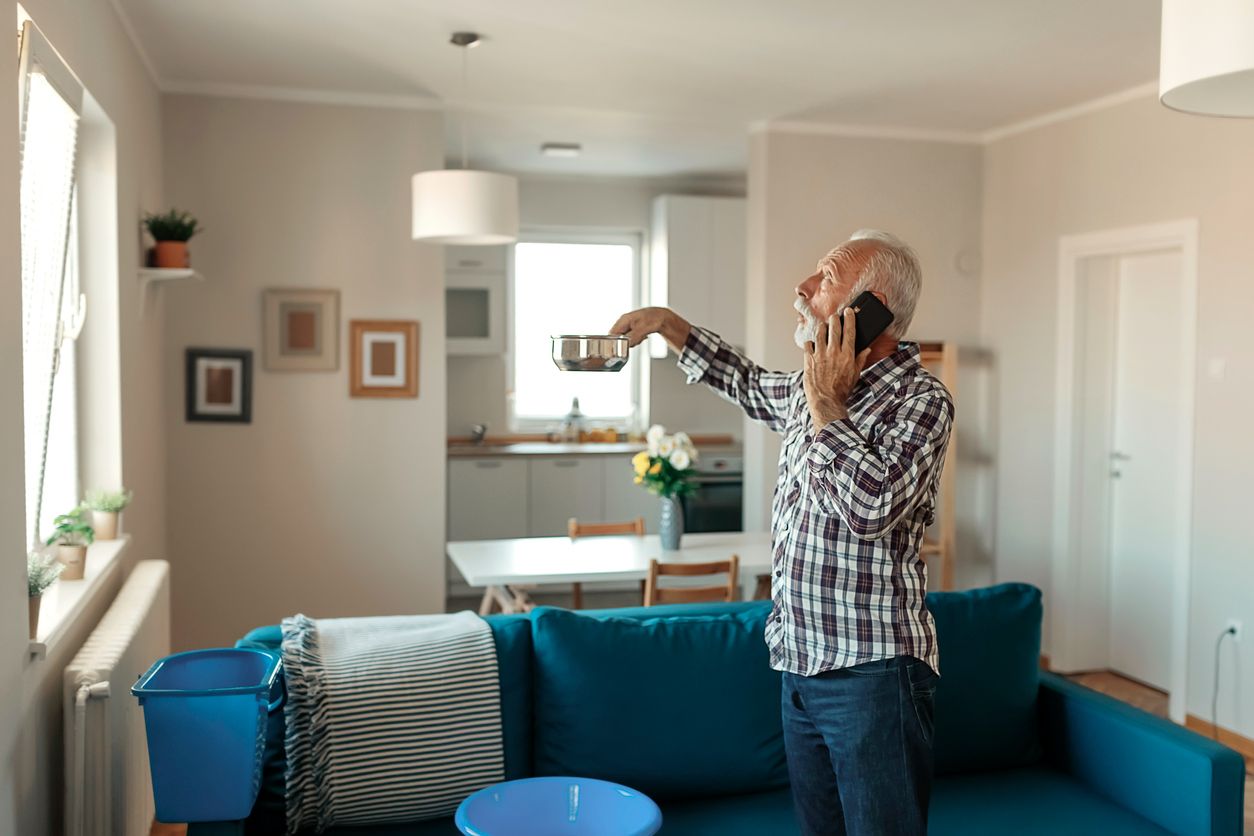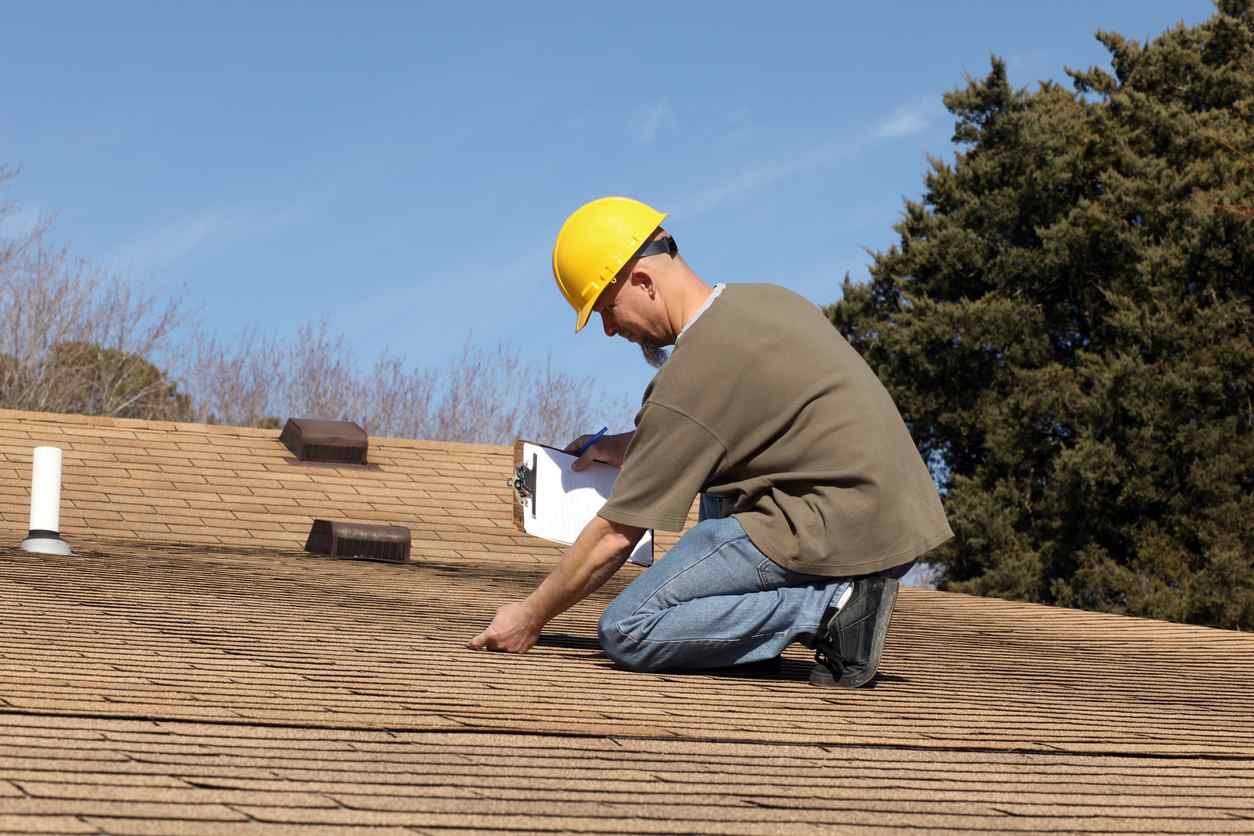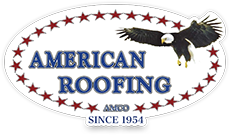
As a condominium owner, you’ve probably wondered how to address your property’s maintenance, repairs, and replacements. After all, keeping your surroundings in good condition is vital to avoid unnecessary repair costs—especially regarding your roof. This concern raises an interesting question: Who pays for roof repairs in a condo?
To answer this question, first consider your area’s condo association rules, ownership obligations, governing documents, and state regulations.
This piece will examine the factors regarding condo roof repair and replacement responsibilities. We’ll also discuss options if you choose to replace your roof.
Roof Replacement Responsibilities: 8 Things to Keep in Mind
Condos provide several amenities, like clubhouses, sporting courts, and landscaped areas. While condo owners can enjoy these perks, they may face the cost of roof maintenance. As roof problems develop, take time to explore your options and determine what your responsibilities include.
Below are eight things you must do when dealing with condo roof repairs.
1. Consult Your Condo Association Rules
Refer to the covenants, conditions, and restrictions (CC&Rs) documents for the most detailed and comprehensive information on repair responsibilities. These documents outline conditions for determining who is financially obligated to pay for a roof repair.
For example, you might learn you’re responsible for addressing maintenance concerns above your unit. Alternatively, you may be liable for a certain percentage of roofing costs. Whatever the case, consulting these documents is the best way to minimize confusion and conflicts with condo associations.
2. Learn What Belongs to the Condominium Owners Association
The Condominium Owners Association (COA) refers to condominium owners who become members of the association and have joint ownership with other units in the area. Generally speaking, ownership of a condo falls into three areas: the private unit, common elements, and limited common elements.
Why is this important? Because these areas determine who owns what and how maintenance is handled. Interior walls and ceilings are considered private unit elements. On the other hand, common elements include exterior walls, clubhouses, and anything to which all owners have equal access. You can expect COA maintenance to be responsible for repairs of these common elements.
Understand that the COA might charge its residents for common element areas that require significant upgrades or replacement—like roofs.
Areas like patios, balconies, and porches are typically classified as limited common elements, which means they’re somewhat private. In most cases, the COA is responsible for maintenance here. However, financial obligations can change under certain circumstances, like damages caused by other neighbors.
3. Understand What Condo Fees Cover
Condo fees are what owners contribute to help cover maintenance expenses associated with a condo. The association uses the funds to keep the owner’s property in solid shape.
Condo fees are set and passed by the COA board of directors. Condo owners pay these dues to their COA, which pays for expenses associated with common areas. However, in some cases, the COA might implement a “special assessment” fee when dealing with roof maintenance.
It’s wise to consult with the board of directors to determine how they allocate expenses and what you can expect under certain conditions.
4. Consider the Weather Conditions
What does the weather have to do with roof repair costs? Well, your roof’s longevity largely depends on the climatic conditions in your area. For example, if you live in Utah, your roof’s lifespan depends on the following factors:
- How much snow your area receives
- Seasonal storms
- The intensity of UV rays on your surface
- The skill level of the original roof installer
- The type of roofing material used
Some condos opt for a metal roof as this roofing material causes snowfall to melt away quite easily, helping reduce roof damage. Also, metal roofs are highly durable and can last between 20 and 50 years.
5. Assess Possible Negligence in Roof Maintenance

For example, if you experience roof buckling because a contractor improperly installed your roof deck, the contractor is responsible for taking appropriate action.
6. Consider Insurance Coverage
Generally speaking, there are two condo master insurance types of which you need to be aware when it comes to maintenance: Bare walls-in and all-in coverage. Let’s examine each one below and how they apply to roof repairs.
- Bare walls-in: Under this insurance policy, your exterior walls, elevators, pools, and roofs are covered.
- All-in: All-in insurance only covers the building’s structure and some of the interior features, including floors, fixtures, and countertops.
In the event of roof damage caused by bad weather, your association would submit a claim to the provider to pay for the losses. While you can expect roof coverage if you have bare walls-in insurance, remember that your dues will be used to finance your condo master policy. Additionally, master insurance doesn’t cover personal property like electronics and appliances.
7. Review State Regulations
Before submitting repair claims or hiring a contractor, consider the laws or regulations in your state. For instance, according to the legal site Utah HOA Laws, condominiums are governed by the Utah Condominium Ownership Act. This act regulates the operation and management of homeowners associations (HOAs), including condominiums.
Regarding maintenance, individual owners will generally be responsible for addressing any repair on individually-owned areas.
8. Explore Roof Replacement Options
If you’ve decided it’s time to replace your roof, take some time to assess your options. Some selections are better for those who want reasonable prices, while others are suitable for those who need the best protection against extreme weather conditions.
As a condominium owner, you’ll want something durable and long-lasting to avoid unnecessary damages and high up-front repair costs.
Some quality options include built-up roofs with a waterproof membrane to seal the surface. This roof type also has fire-resistant properties. Alternatively, you can opt for modified bitumen roofs. Primarily used for flat roofs, this roof type has five protection layers capable of withstanding exposure to harsh environmental elements.
Remember to consult with your HOA about a roof replacement. They’ll likely have several regulations you must follow before replacing your roof.
Consult with American Roofing for a Roof Repair
There’s no single answer to the question, “Who pays for roof repairs in a condo?” Much depends on homeowner responsibilities, association regulations, contractual agreements, and damages caused by negligence. Regardless, American Roofing can take the weight off your shoulders when keeping your property in top shape.
We customize our condo roof repair services to accommodate property needs so you can enjoy a durable roof over your head. Need more information about our services? Check out some of our customers’ most commonly-asked questions, or contact us to explore your options.

